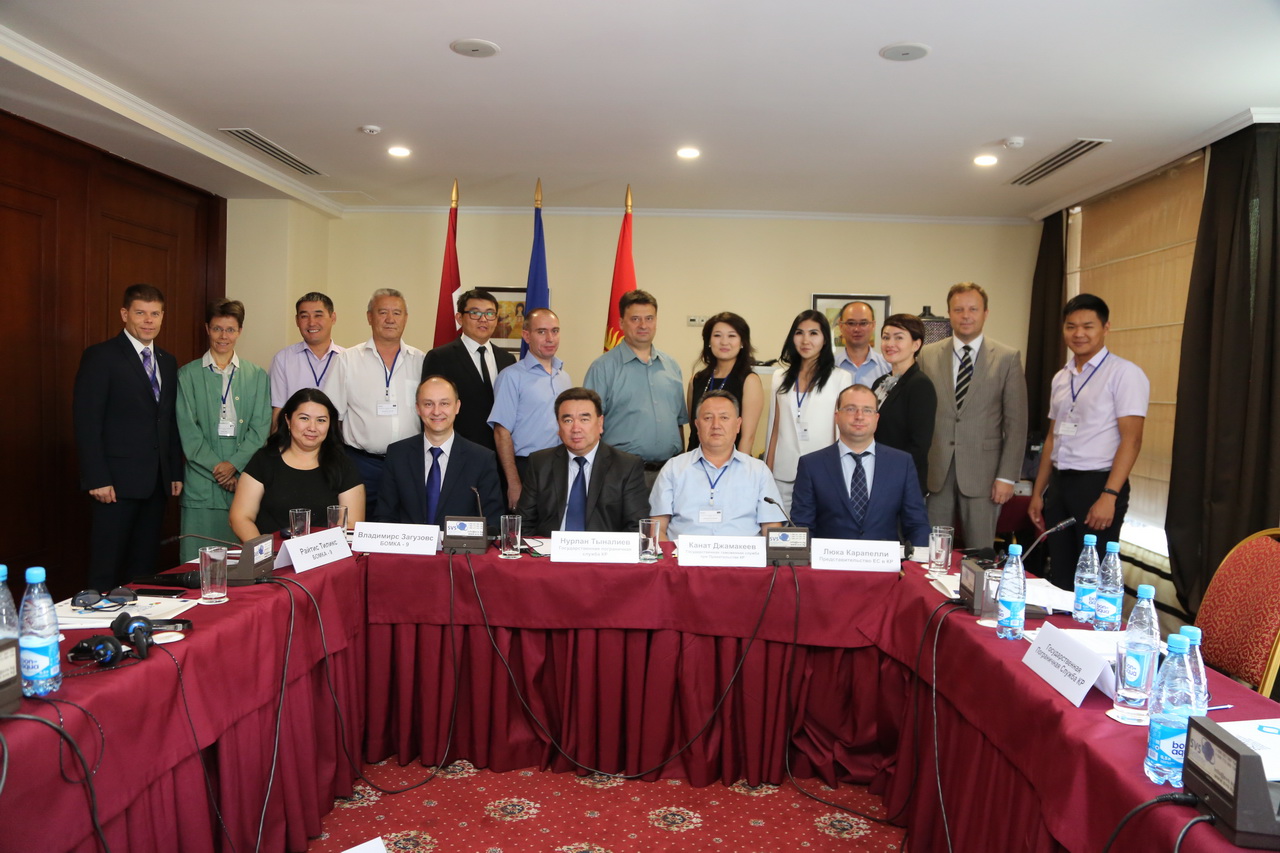A new round of national Steering Group meetings was held in Kazakhstan, Kyrgyzstan, Tajikistan and Uzbekistan, within the framework of the BOMCA project. Key partners from the beneficiary agencies, as well as EU representatives participated in these meetings and reconfirmed their commitment towards the implementation of the project and achievement of project goals. Together with the BOMCA management team, participants defined the directions for the upcoming activities in 2017.
The meetings reinforced, once more, that the project is on the right track towards achieving the set objectives, by looking at the progress and lessons learned during the past months of implementation in 4 CA countries.. The beneficiaries, in turn, provided feedback on the BOMCA activities implemented so far and provided a follow-up on the BOMCA recommendations developed and shared. Partners were given the possibility to share their opinions and ideas that came out of the participation in the BOMCA activities so far as well as provide their recommendations for the successful implementation of remaining activities planned for 2017. To date, 107 activities were implemented within the framework of the BOMCA project in all Central Asia countries, with the participation of over 1500 officials of Central Asian border, customs, and veterinary/phytosanitary agencies.
One of the important points raised during the NSG meetings was the intention of the European Commission to extend the current BOMCA 9 phase until the end of December 2019 by allocating additional funding in the amount of 1,6 mln Euro. While official consultation are being held at the governmental level, preliminary discussions with the beneficiaries on countries priorities for the extension period were initiated during the NSG meetings.
The National Steering Group Meetings continue to serve a basis for monitoring progress towards project goals and a reference point for facilitating co-operation and partnerships with the beneficiaries during the implementation phase.

